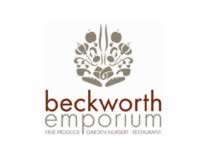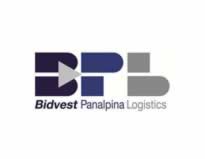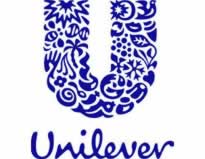Be HACCP compliant with CRS
HACCP (Hazard Analysis and Critical Control Point) compliance is a key component of ensuring the safety and traceability of food products. The Food Standards Agency (FSA) in the UK describes HACCP as “a system that helps food business operators look at how they handle food and introduces procedures to make sure the food produced is safe to eat.”
The FSA provide a useful tool for ensuring you have a strong HACCP procedure in place called MyHACCP.
If you are unsure of how to begin with HACCP compliance, have a look at the tool at the bottom of the page. It will make being compliant a simple task that just takes a little bit of time and consideration of your procedures.
The tool makes compliance easy by breaking it down into a number of simple steps. Steps A-H for prerequisites and steps 1-7 for principles. To find out more about the steps, visit the MyHACCP website linked at the bottom of the page. CRS are able to provide solutions to ensure you are HACCP compliant, including energy efficient cold storage supplied with data loggers as well as independent cloud based environment monitoring and alert systems.
Our cloud based environment monitoring systems help simplify and streamline the ongoing components of the process. This is achieved by taking steps 4-7 and automating them with technology and hardware to act as a 24 hour, 7 days a week, 365 days a year environment monitor. These can be used in chilled, frozen, ambient and tempering applications and can monitor temperatures, whether a door is opened or closed and much more.
How a Rmoni cloud based remote monitoring system can help your ongoing HACCP compliance
Step 4 - Establish a monitoring system
A monitoring system can take many forms, for a number of food service and food production businesses it can involve a spike probe or an LED temperature reading of product or even just looking at a door sensor and making a note of the reading. With a Rmoni system, this is taken care of for you automatically. It can take readings as often as you require, many of our customers have readings at every 15-20 minutes. This gives you a good overview and allows you to spot issues as soon as possible without a data overload.
Step 5 - Establish corrective actions
In many circumstances the corrective action involves communicating with a member of staff or an external maintenance team to rectify the situation. However, if the problem occurs when there is not a scheduled measurement (for example: overnight) then the problem can go unnoticed and products may spoil before the opportunity to take preventative action. Your Rmoni system will monitor your environment as you require and has a number of alert options, including buzzer sounding, SMS and after a recent update - voice calling.
Step 6 - Validation, Verification and Review
It is important to ensure that all your thermometers and environment monitoring equipment are fully calibrated. CRS work with calibration partners across the UK who are able to come on site and fully calibrate your Rmoni system in situ to ensure that it meets all validation requirements. You will be provided calibration certificates to verify that your system has been calibrated and provided a review date to ensure calibration is maintained.
Step 7 - Establish documentation and records
The cloud based software supporting your Rmoni environment monitoring solution will allow you to set automated scheduled reporting, on the fly ad-hoc reporting and a quick overview dashboard which will provide all the information you require to show to auditors or for internal reviews of procedures.












